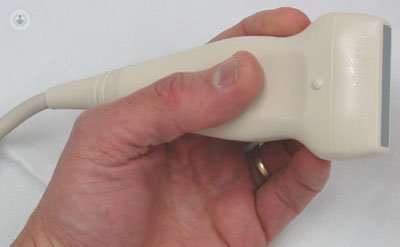Pelvic varices, pelvic congestion syndrome
Written by:Pelvic varices are a varicose veins manifest as pain in the pelvic area or lower abdomen. It is a condition that is known of pelvic congestion syndrome.
 Pelvic pain is a dull, heavy pain, intensity and duration variables and, often, often worse in the premenstrual period. Symptoms of pelvic varices intensify in time to practice intercourse, physical exercise such as walking and also the heavy lifting.
Pelvic pain is a dull, heavy pain, intensity and duration variables and, often, often worse in the premenstrual period. Symptoms of pelvic varices intensify in time to practice intercourse, physical exercise such as walking and also the heavy lifting.
The main cause of pelvic varices, as specialists say Angiology and Vascular Surgery , is attributed to the expansion and subsequent ovarian vein incompetence. However, not all women with ovarian dilated or varicose veins have pelvic congestion syndrome. Approximately 10% of the population has dilated veins without any symptoms that suggest the diagnosis.
This disease mainly affects women who have given birth to more than one occasion.
How are diagnosed pelvic varices
To diagnose pelvic varices, presence of dilated ovarian vein is needed. However, this is not enough for diagnosis, since there is no consensus on the optimal cutoff in the diameter of the ovarian vein as valid measure for venous congestion syndrome.
The most commonly used methods are non-invasive diagnostic echo-Doppler transvaginal and transabdominal. Other imaging techniques are also used as the CTA and MRA, but the confirmation of the diagnosis of this condition is obtained by pelvic venography also it allows performing embolization treatment on the spot.
Treatment of pelvic varices
Pelvic varices can be treated using different techniques. On one hand, pelvic congestion syndrome can be treated with NSAIDs. This treatment is an alternative in the short term because it reduces the symptoms, which suppresses pain.
You can also perform an endovascular treatment by performing a selective embolization. This is a clinical improvement in patients between 73% and 92% of cases. The main advantage of this treatment is that it is a minimally invasive technique that can be performed on an outpatient basis.
Finally, there are surgical procedures such as hysterectomy and bilateral oophorectomy with hormone replacement, ligation of the ovarian vein by open surgery or laparoscopy. These treatments are only performed in cases of patients who, after undergoing the above non-invasive treatments have not been successful.


